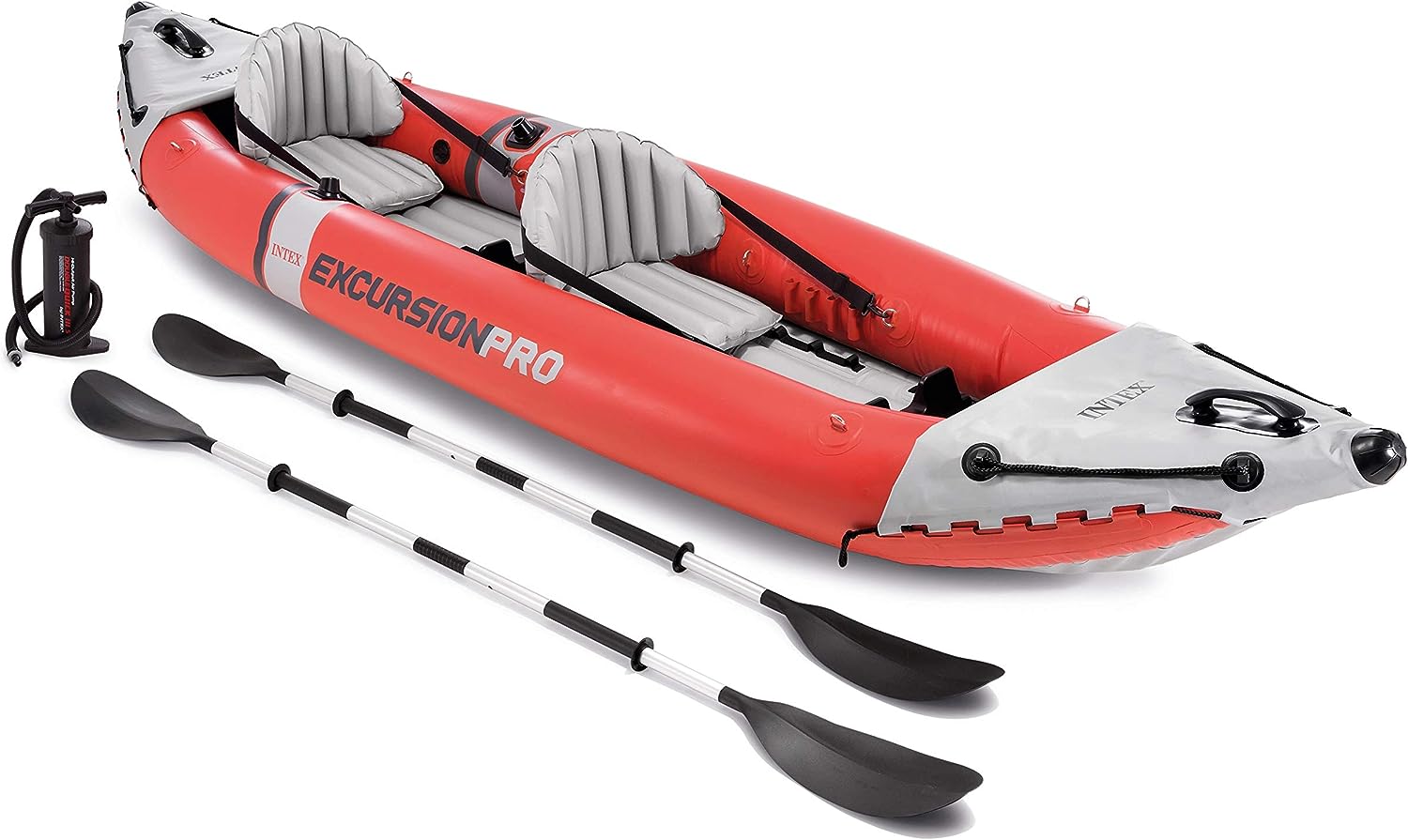

Articles
How To Store Inflatable Kayak
Modified: January 21, 2024
Learn the best methods for storing your inflatable kayak with our informative articles. Keep your kayak in great condition and ready for your next adventure!
(Many of the links in this article redirect to a specific reviewed product. Your purchase of these products through affiliate links helps to generate commission for Storables.com, at no extra cost. Learn more)
Introduction
When it comes to outdoor water activities, kayaking is a popular choice for adventure enthusiasts and nature lovers alike. And if you’re a proud owner of an inflatable kayak, you have the added benefit of convenience and portability. However, proper storage of your inflatable kayak is crucial to ensure its longevity and functionality.
In this article, we will guide you on how to store an inflatable kayak to keep it in the best possible condition. From choosing the right storage space to cleaning, deflating, and folding your kayak, we will cover all the essential steps. Whether you want to store your kayak at home or during travel, we’ve got you covered.
So, let’s dive in and discover the best practices for storing your valuable inflatable kayak!
Key Takeaways:
- Proper storage of your inflatable kayak is crucial for its longevity. Choose the right storage space, clean and dry it thoroughly, and follow proper deflating and folding techniques to ensure it remains in optimal condition for future adventures.
- Whether storing at home, for travel, or long-term, maintenance is key. Regularly inspect, clean, and protect your kayak from UV rays and pests. Following manufacturer’s recommendations is essential for prolonged kayak storage.
Read more: How To Store A Kayak
Choosing the Right Storage Space
Choosing the right storage space for your inflatable kayak is essential to protect it from potential damage and ensure its longevity. Here are some factors to consider when selecting an ideal storage area:
- Indoor vs. Outdoor: Whenever possible, it’s best to store your inflatable kayak indoors. This protects it from exposure to harsh weather conditions, UV rays, and potential damage from animals or pests. If indoor storage is not feasible, consider outdoor storage options that provide adequate protection such as a secure garage or a covered shed.
- Temperature and Humidity: Opt for a storage space with a stable temperature and low humidity levels. Extreme heat or freezing temperatures can damage the material of your kayak, while high humidity may lead to mold or mildew growth. If storing your kayak in an outdoor space, consider using protective covers or tarps to shield it from direct sunlight and precipitation.
- Space Availability: Ensure that the storage space is large enough to accommodate the fully inflated size of your kayak. It’s important to avoid any sharp objects or obstacles that could puncture or damage the kayak during storage.
- Accessibility: Choose a storage area that allows for easy access to your kayak when you’re ready to use it again. This will ensure that you can easily retrieve your kayak without any hassle or inconvenience.
By taking these factors into account, you can select the most suitable storage space that will protect your inflatable kayak from damage and help prolong its lifespan.
Cleaning and Drying Your Inflatable Kayak
Prior to storing your inflatable kayak, it’s important to clean and dry it properly to prevent any accumulation of dirt, salt, or moisture. Here are the steps to follow:
- Rinse: Start by rinsing off your kayak with fresh water to remove any debris or saltwater residue. Use a hose or a bucket of water to thoroughly rinse the exterior and interior of the kayak.
- Clean: Use a mild detergent or soap specifically formulated for inflatable kayaks to clean any stubborn stains or dirt. Avoid using harsh chemicals or abrasive cleaning agents as they can damage the material. Gently scrub the kayak using a soft sponge or cloth, paying extra attention to any areas that are particularly dirty.
- Rinse Again: After cleaning, rinse the kayak once more with fresh water to remove any soap residue.
- Dry: Allow your kayak to completely air dry before storing it. Find a clean and well-ventilated area where you can lay out the kayak, ensuring that both the interior and exterior are fully dry. Avoid direct exposure to sunlight for prolonged periods as it may cause the material to fade or become brittle.
- Inspect: While drying your kayak, take the opportunity to inspect it for any signs of damage, such as punctures, leaks, or loose valves. If you notice any issues, make the necessary repairs before storing the kayak.
By following these cleaning and drying steps, you’ll ensure that your inflatable kayak is free from dirt and moisture, reducing the risk of mold or mildew growth during storage.
Deflating and Folding Your Inflatable Kayak
Once your inflatable kayak is clean and dry, the next step is to properly deflate and fold it for storage. Here’s how to do it:
- Release Air Valves: Start by unscrewing the air valves on your kayak to release the air. This step is crucial to ensure that the kayak deflates completely.
- Remove Any Accessories: Before deflating your kayak, remove any accessories such as seats, paddles, or tracking fins. This allows for easier deflation and folding.
- Push Out Air: Gently push down on the kayak to press out any remaining air. You can also use your hands or knees to knead the kayak, helping to expel any trapped air. Make sure all the air is removed to avoid any bulges or creases during the folding process.
- Start Folding: Begin folding the kayak in a precise and organized manner. Fold the sides of the kayak inward towards the center, making sure to align the edges. Depending on the size of your kayak, you may need to fold it in half or thirds. Follow the manufacturer’s instructions for the recommended folding technique.
- Secure the Fold: Once the kayak is folded, secure it by using the provided straps or straps of your own. This helps to keep the kayak compact and prevents it from unfurling during storage.
- Store Properly: Place the folded and secured kayak in a bag or case specifically designed for inflatable kayaks. This provides additional protection against dust, dirt or any potential damage. If a bag or case is not available, store the folded kayak in a clean and dry area away from any sharp objects or heavy items that could potentially damage it.
By deflating and folding your inflatable kayak properly, you’ll ensure that it takes up minimal space and remains in good condition for future use.
Storing Your Inflatable Kayak in a Bag or Case
Storing your inflatable kayak in a bag or case specifically designed for this purpose can offer optimal protection and convenience. Here are some tips for storing your kayak in a bag or case:
- Select the Right Bag or Case: Choose a bag or case that is specifically designed for inflatable kayaks. Look for a durable and waterproof material that can withstand potential damage and protect your kayak from dust, dirt, and moisture. Ensure that the bag or case is large enough to accommodate your folded kayak.
- Clean and Dry the Kayak: Before storing your kayak in the bag or case, make sure it is clean and completely dry. Any remaining moisture can lead to mold or mildew growth, causing damage to the kayak.
- Carefully Insert the Kayak: Gently insert the folded kayak into the bag or case, making sure it fits properly and without forcing it. Avoid any sharp edges or rough surfaces that could potentially puncture or damage the kayak.
- Secure the Bag or Case: If the bag or case has straps or fasteners, secure them tightly to prevent any movement or shifting of the kayak during storage. This will help maintain the kayak’s folded shape and protect it from accidental unfolding.
- Store in a Suitable Location: Find a suitable location to store the bag or case containing your inflatable kayak. Choose a clean, dry, and climate-controlled area that is free from extreme temperatures and humidity. Keep the bag or case off the ground to avoid any potential damage.
- Regularly Check and Maintain: Periodically check on your stored kayak to ensure there are no signs of damage, leaks, or mold. If you notice any issues, address them promptly to prevent further damage.
By storing your inflatable kayak in a bag or case, you can conveniently protect it from external elements and ensure it remains in optimal condition for your next kayaking adventure.
After use, rinse the kayak with fresh water and let it dry completely before storing. Store it in a cool, dry place away from direct sunlight and extreme temperatures to prevent damage.
Read more: How To Store Kayak
Storing Your Inflatable Kayak at Home
Storing your inflatable kayak at home allows for easy access and ensures its safety. Here are some tips for storing your kayak at home:
- Choose a Clean and Dry Area: Select a clean and dry area in your home for kayak storage. This could be a basement, garage, spare room, or even a dedicated storage area. Make sure the area is free from any potential sources of damage such as sharp objects or heavy items that could accidentally fall on the kayak.
- Consider Vertical Storage: To save space, consider storing your inflatable kayak vertically. You can use wall-mounted kayak racks or specially designed kayak storage hooks. This not only provides a secure and organized storage solution but also prevents the kayak from being flattened or distorted.
- Protect from UV Rays: If your storage area has windows or receives direct sunlight, consider covering your kayak with a protective cloth or using UV-resistant kayak covers. Prolonged exposure to UV rays can cause the kayak material to deteriorate and fade over time.
- Avoid Extreme Temperatures: Ensure that the storage area maintains a stable temperature. Extreme heat or cold can damage the kayak material. Avoid storing the kayak in spaces that are prone to temperature fluctuations, such as attics or uninsulated sheds.
- Maintain a Clean Environment: Regularly clean the storage area to prevent dust, dirt, or debris from settling on the kayak. Keeping the area clean will help maintain the cleanliness of your kayak and prevent any potential damage.
- Regularly Check for Damage: Periodically inspect your stored kayak for any signs of damage, such as punctures, leaks, or wear and tear. Any damage should be addressed promptly to avoid further deterioration.
By following these tips, you can safely store your inflatable kayak at home, ensuring that it remains in good condition and is ready for your next kayaking adventure.
Storing Your Inflatable Kayak for Travel or Long-term Storage
Whether you’re traveling or need to store your inflatable kayak for an extended period, proper storage is essential to maintain its integrity. Here are some tips for storing your kayak for travel or long-term storage:
- Choose a Compact Storage Solution: Invest in a compact storage solution specifically designed for travel or long-term storage. This could be a specially designed kayak bag or a storage container that provides protection and easy transportation.
- Deflate and Fold the Kayak: Prior to packing your kayak, deflate it completely and fold it according to the manufacturer’s instructions. Ensure that all the air is released, and there are no creases or bulges that could cause unnecessary stress on the kayak during transport or storage.
- Remove Accessories: Take out any removable accessories such as seats, paddles, or tracking fins. Pack them separately in a secure place to prevent damage or loss.
- Protective Cover: Consider using a protective cover or a durable bag to encase your folded kayak. This provides an extra layer of protection against dust, moisture, and potential damage during travel or long-term storage.
- Secure the Kayak: When storing the kayak in its bag or container, ensure that it is securely fastened or locked to prevent any shifting or movement during transport. This will help maintain its folded shape and protect it from accidental unfolding or damage.
- Store in a Dry and Safe Location: Find a dry and safe location to store your packed kayak. Avoid spaces that are prone to extreme temperatures, excessive moisture, or potential damage, such as basements or storage areas with leaks. If storing the kayak outdoors, use a waterproof cover or tarp to provide additional protection against the elements.
- Maintain Regular Inspection: Periodically check on your stored kayak to ensure it remains in good condition. Look for any signs of damage, mold, or leaks. If you notice any issues, address them promptly to prevent further deterioration.
By following these guidelines, you can safely store your inflatable kayak for travel or long-term storage, ensuring it stays in excellent condition until you’re ready to hit the water again.
Maintenance Tips for Prolonged Storage
When storing your inflatable kayak for an extended period, it’s important to take certain maintenance measures to ensure its longevity and optimal condition. Here are some maintenance tips for prolonged storage:
- Inflate and Inspect Periodically: Every few months, inflate your stored kayak to its recommended pressure and inspect it for any signs of damage, including punctures, leaks, or wear and tear. This helps identify any issues before they worsen and allows for timely repairs.
- Keep it Clean and Dry: Even in storage, it’s crucial to keep your kayak clean and dry. Regularly wipe down the exterior with a mild soap and water solution to remove any dirt or dust. Ensure that the kayak is fully dry before re-storing it to prevent the growth of mold or mildew.
- Protect from UV Rays: If storing your kayak in an outdoor space, consider using a UV-resistant cover or storing it in a shaded area protected from direct sunlight. Prolonged exposure to UV rays can cause the material to fade and become brittle over time.
- Inspect and Lubricate Zippers and Valves: Check the zippers and valves of your kayak for any signs of damage or wear. Apply a silicone-based lubricant to the zippers and a valve lubricant to ensure smooth operation and prevent any potential issues with air leakage.
- Protect Against Pests and Rodents: If storing your kayak in a garage or shed, take precautions to protect it from pests and rodents. Use pest deterrents such as mothballs or peppermint oil-soaked cotton balls to prevent any unwanted visitors.
- Avoid Heavy Objects: When storing your kayak, avoid placing heavy objects on top of it or stacking other items on it. Excessive weight or pressure can cause deformation or damage to the kayak’s structure.
- Follow Manufacturer’s Recommendations: Always refer to the manufacturer’s guidelines and recommendations for the proper storage and maintenance of your specific inflatable kayak model. They may provide specific tips or precautions based on the kayak’s design and materials.
By following these maintenance tips, you can ensure that your inflatable kayak remains in good condition during prolonged storage, allowing you to enjoy many more adventures on the water in the future.
Conclusion
Properly storing your inflatable kayak is essential to protect its longevity and performance. By following the guidelines outlined in this article, you can ensure that your kayak remains in optimal condition for years to come.
Choosing the right storage space, whether indoors or outdoors, is the first step. Consider factors such as temperature, humidity, and accessibility when selecting a suitable area. Cleaning and drying your kayak thoroughly before storage prevents dirt, salt, or moisture from causing damage or mold growth.
Deflating and folding your inflatable kayak properly is crucial to save space and maintain its shape. Take care to remove any accessories and secure the folds to prevent accidental unfolding during storage.
If you have a bag or case designed specifically for inflatable kayaks, use it to store your kayak. This offers additional protection against dust, dirt, and potential damage. If you’re storing your kayak at home, consider vertical storage options to save space.
For travel or long-term storage, invest in a compact storage solution and ensure the kayak is securely packed. Regularly inspect and maintain your stored kayak, checking for any signs of damage, mold, or leaks.
By following these storage and maintenance tips, you can prolong the life of your inflatable kayak and have it ready for your next exhilarating water adventure. Remember to consult the manufacturer’s guidelines for specific instructions tailored to your kayak model.
So, take care of your inflatable kayak, and it will continue to provide you with countless moments of joy and exploration on the water!
Frequently Asked Questions about How To Store Inflatable Kayak
Was this page helpful?
At Storables.com, we guarantee accurate and reliable information. Our content, validated by Expert Board Contributors, is crafted following stringent Editorial Policies. We're committed to providing you with well-researched, expert-backed insights for all your informational needs.
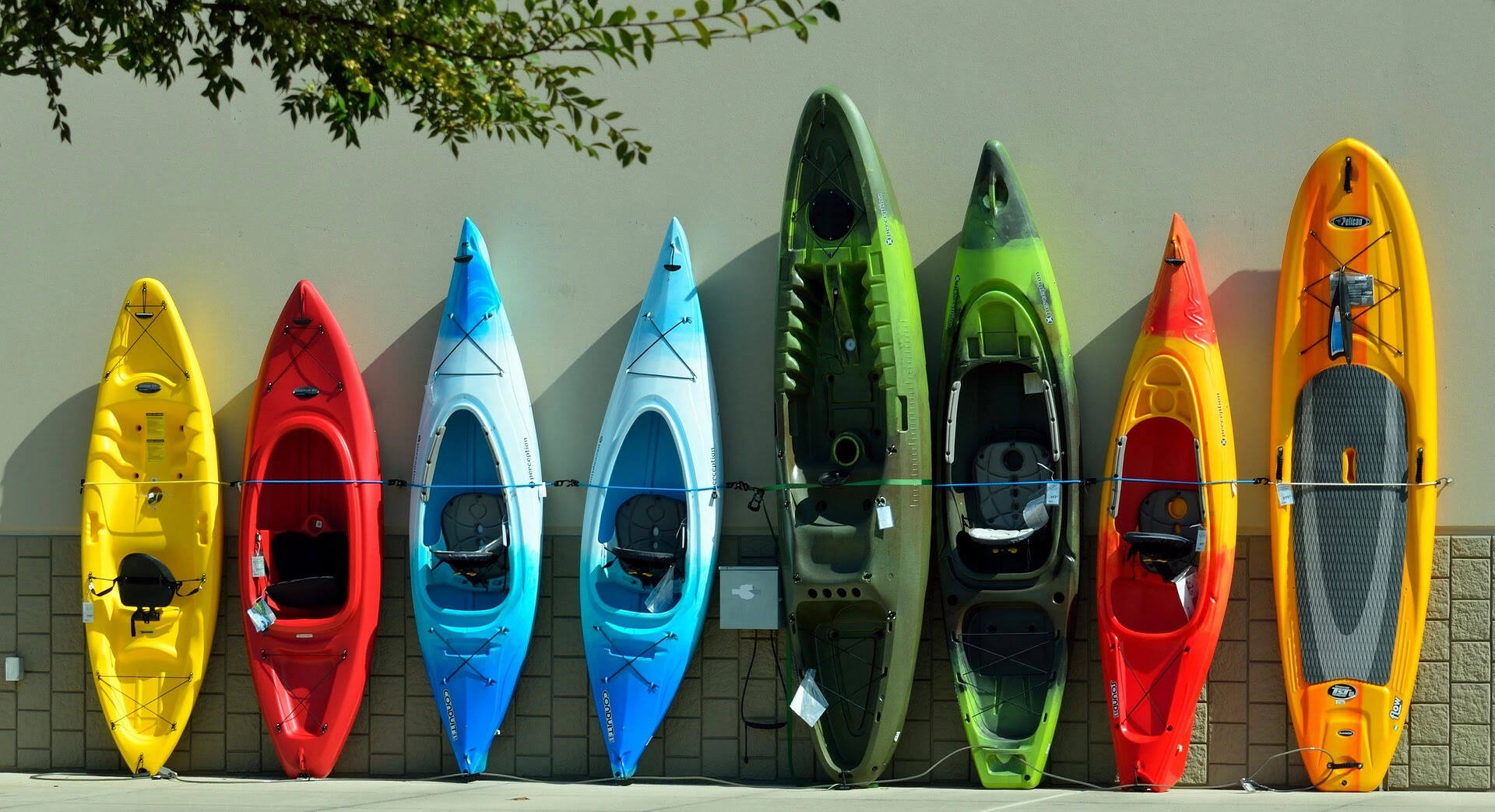
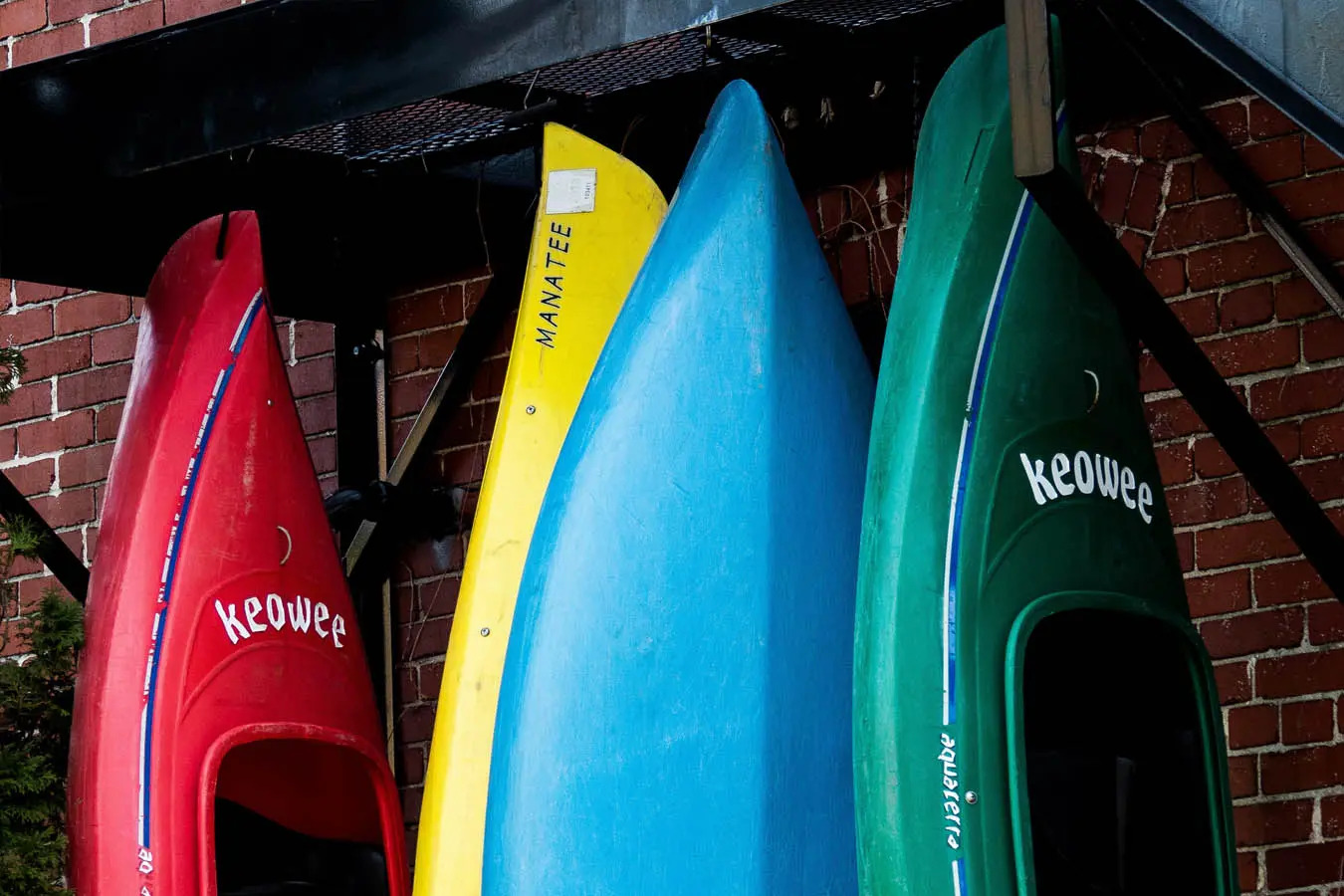

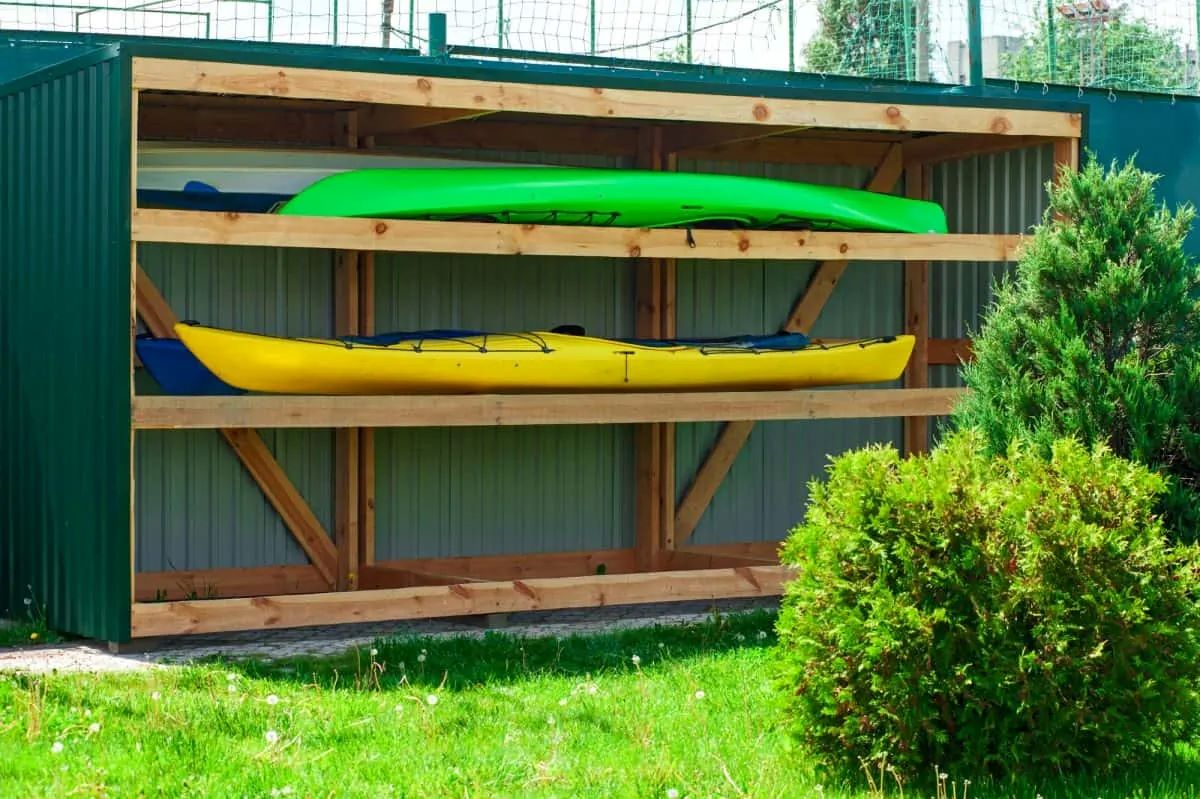
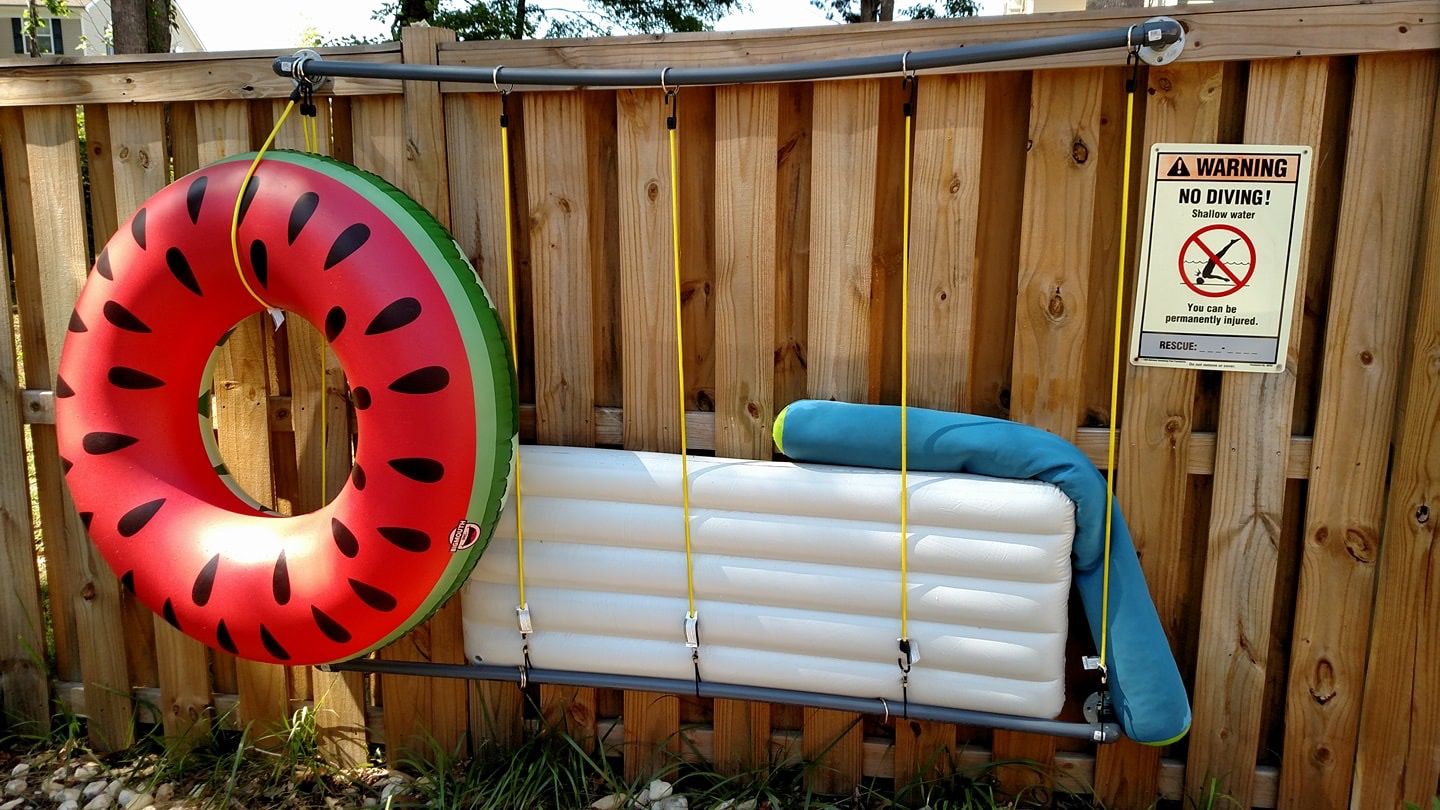
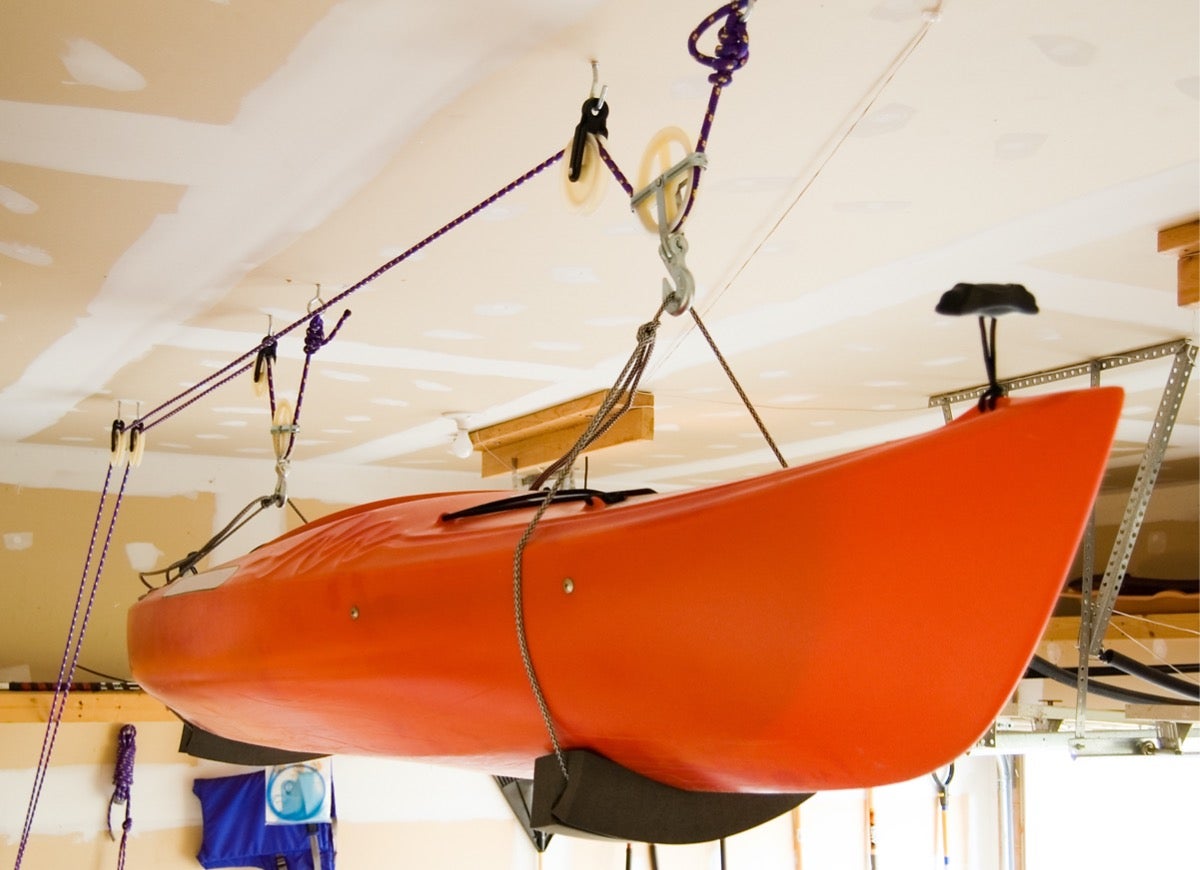
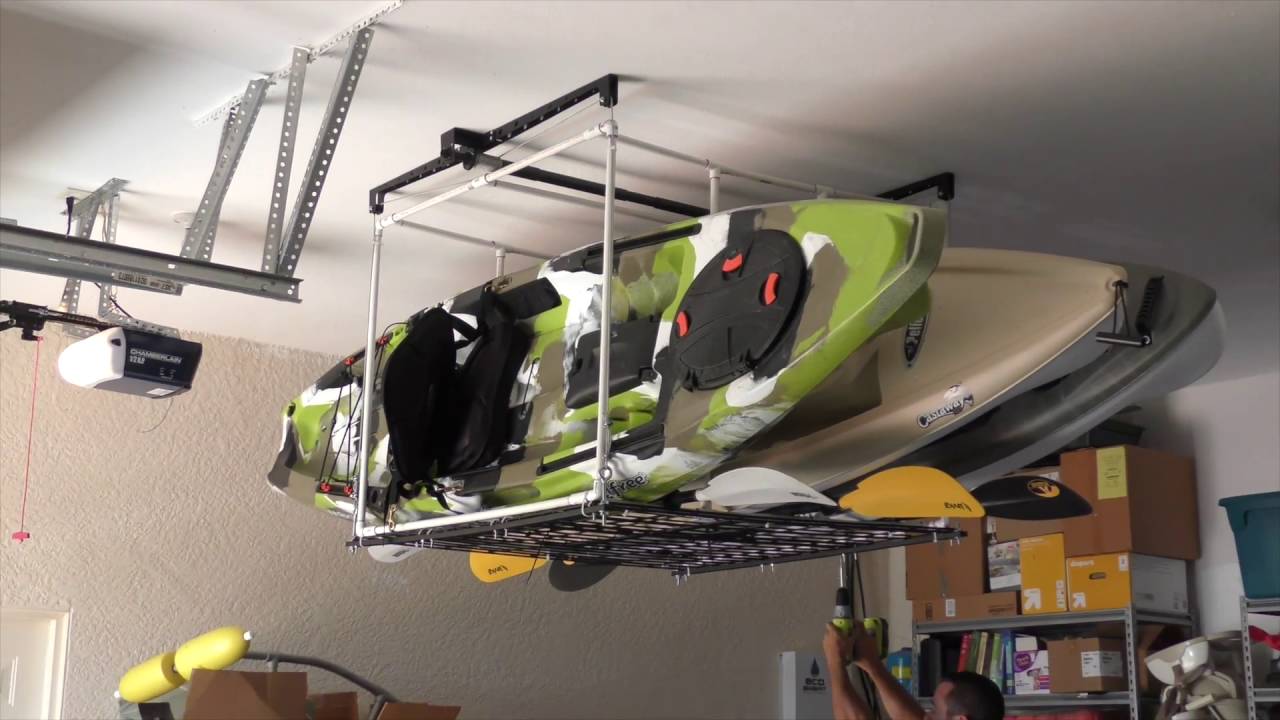

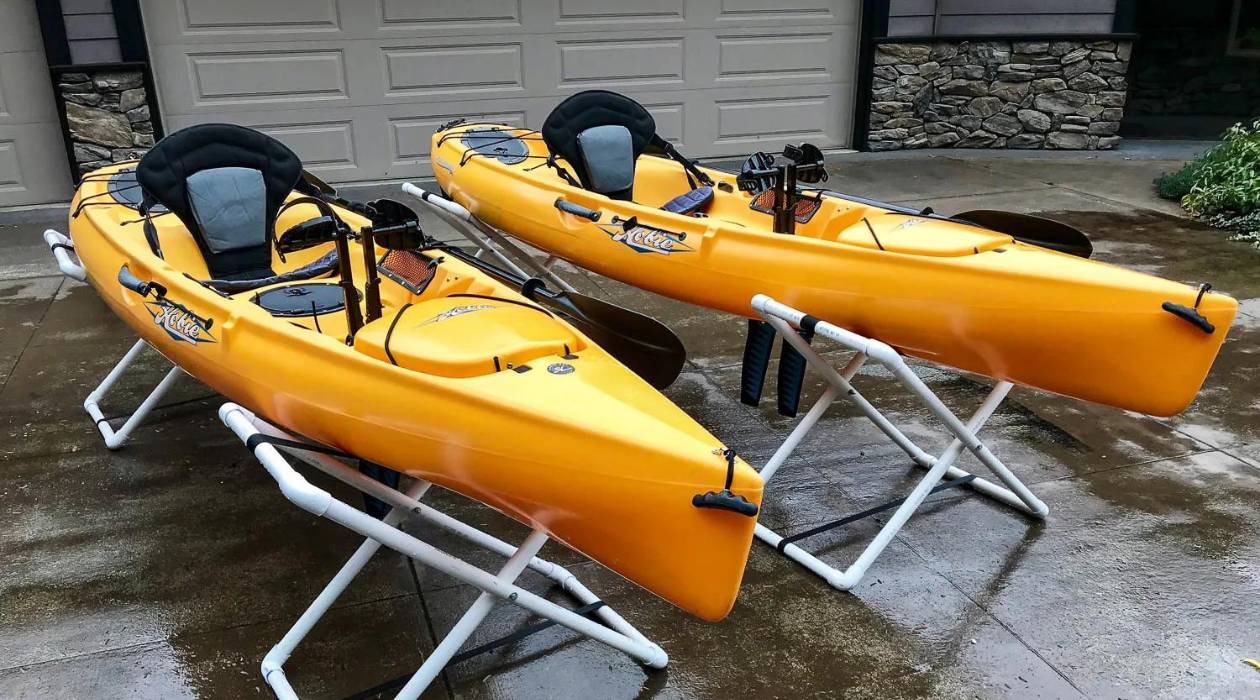
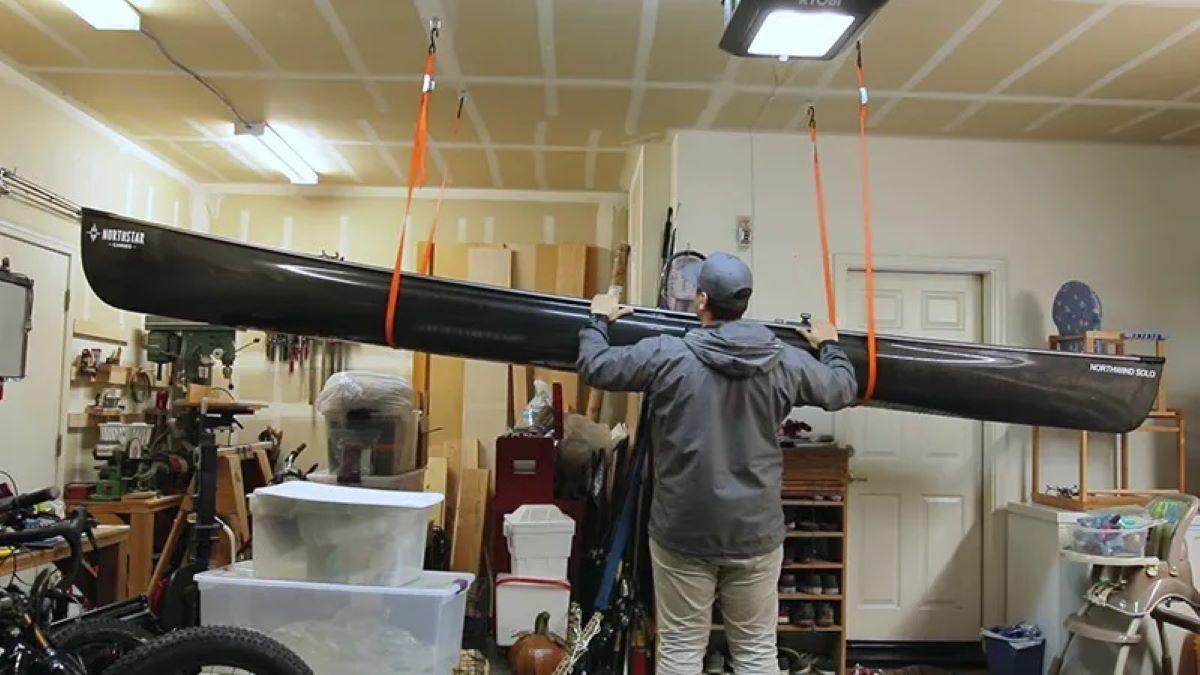

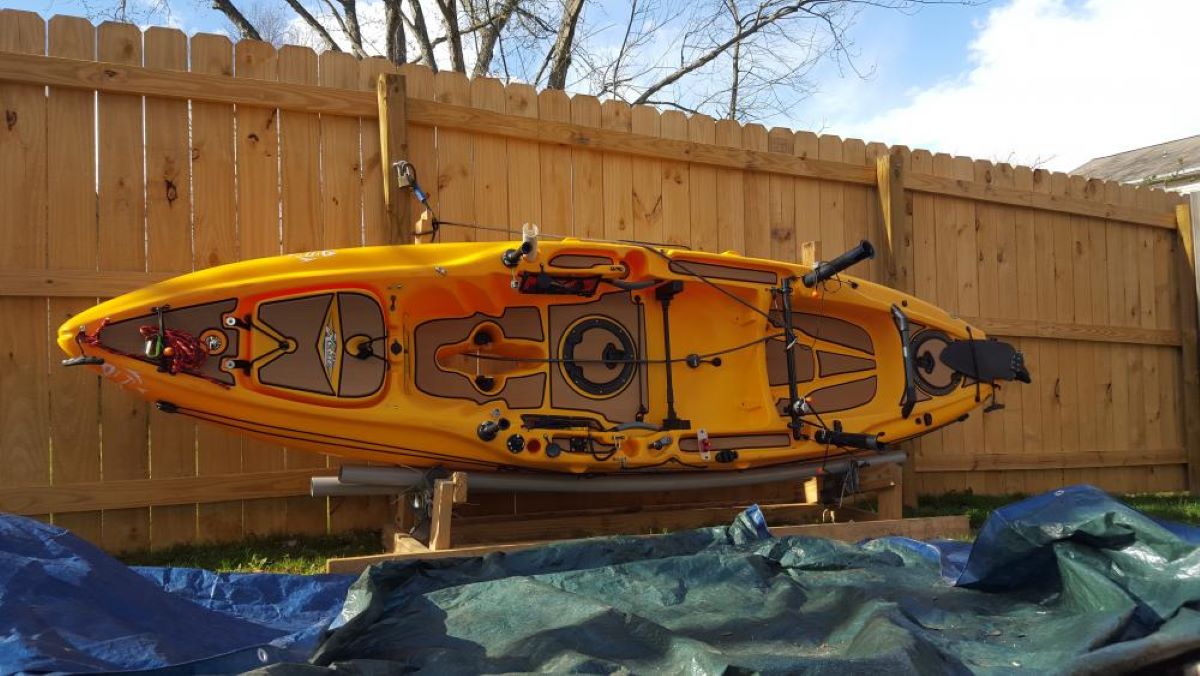
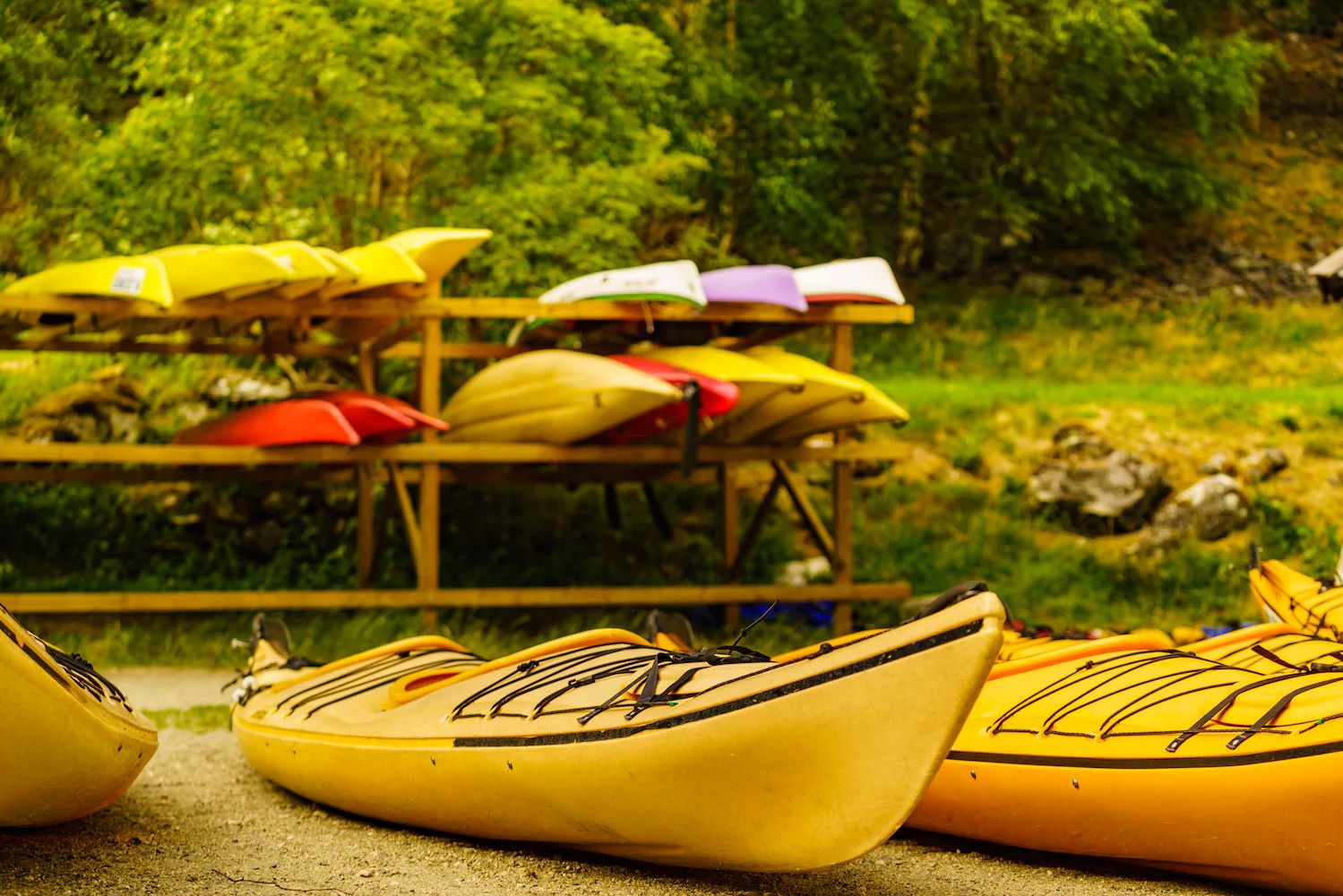
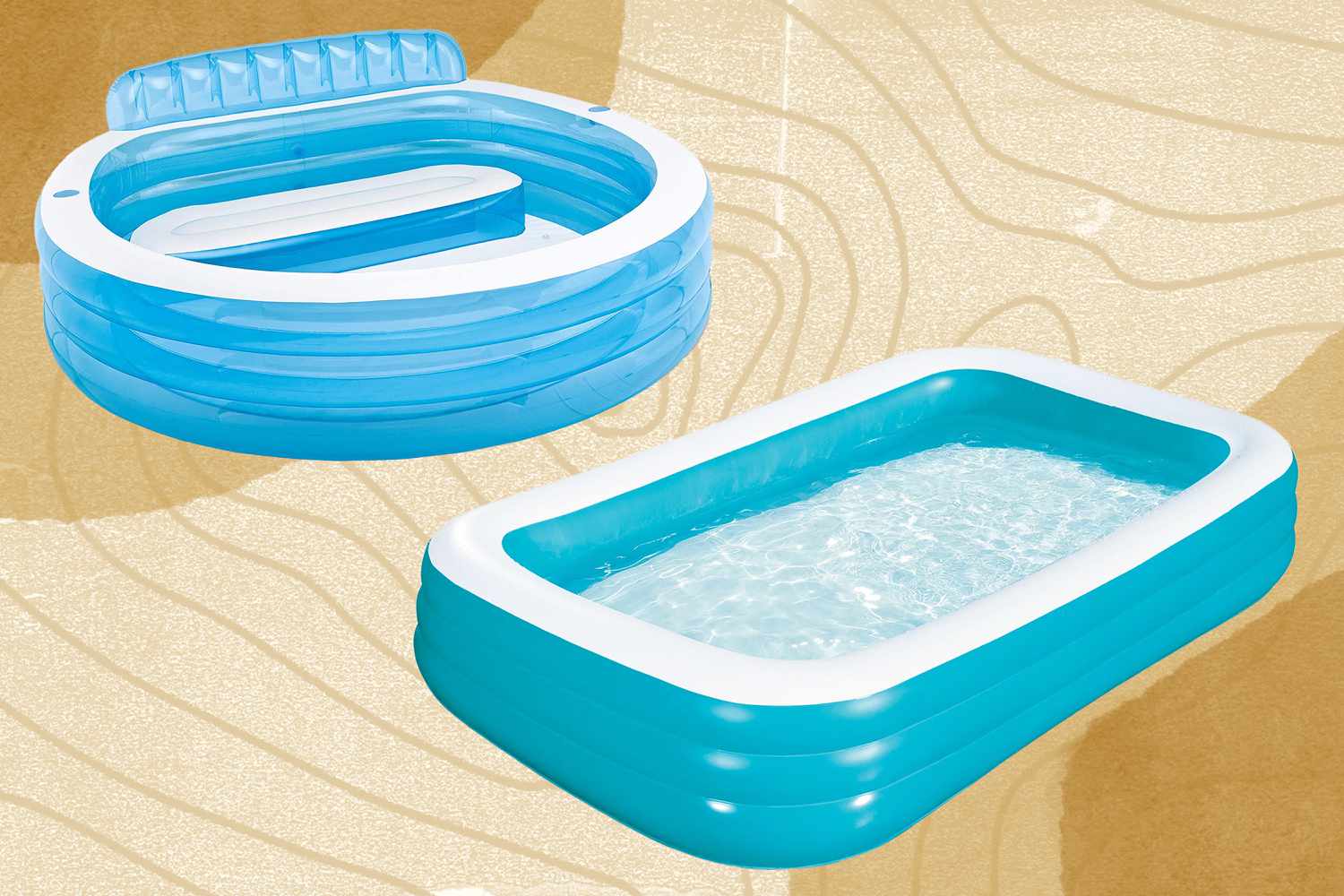

0 thoughts on “How To Store Inflatable Kayak”